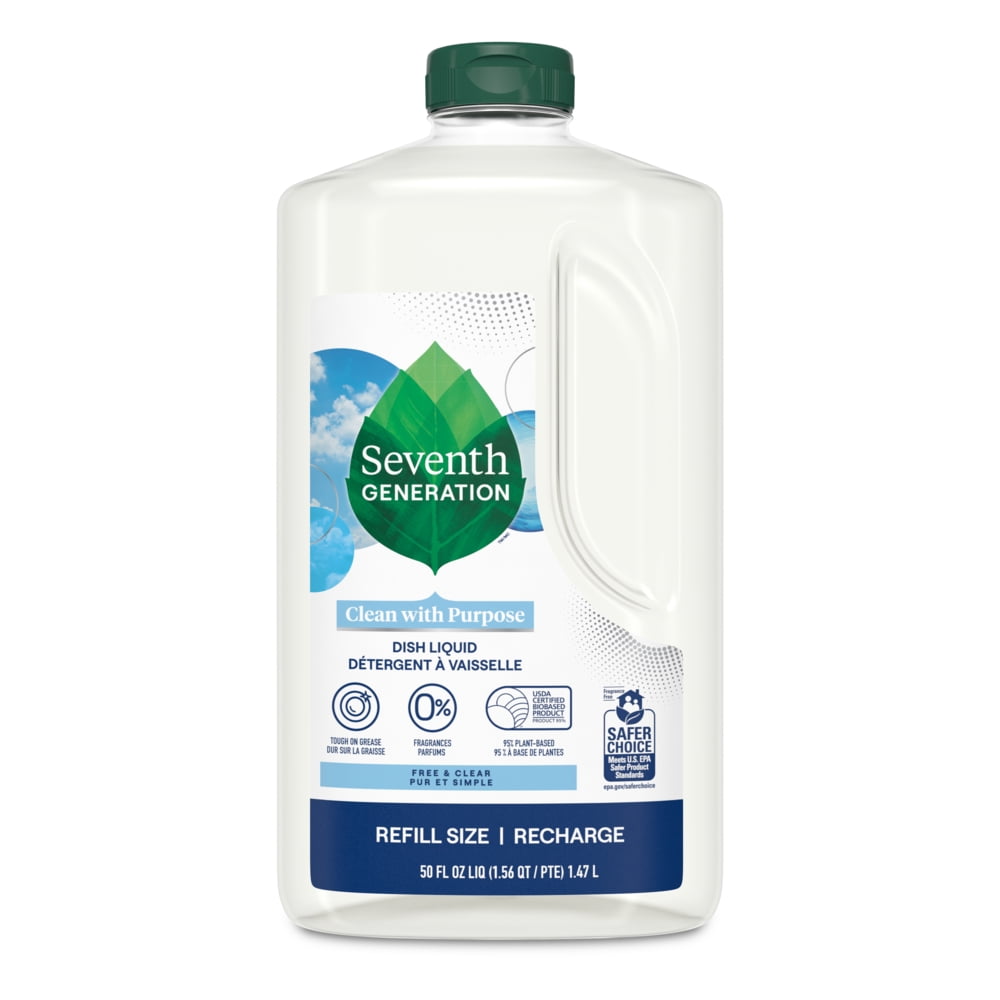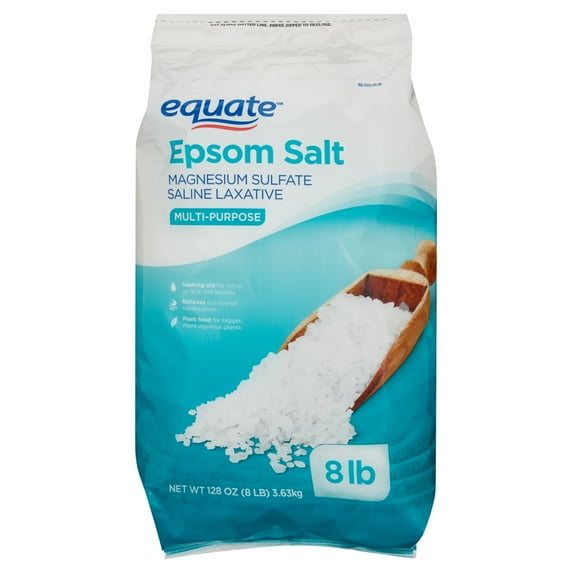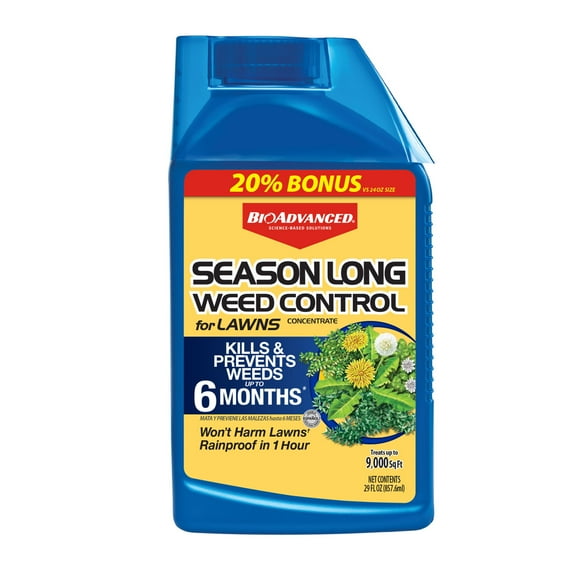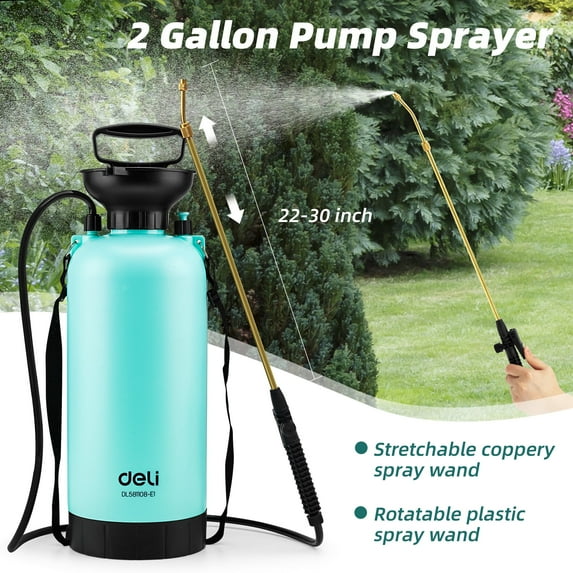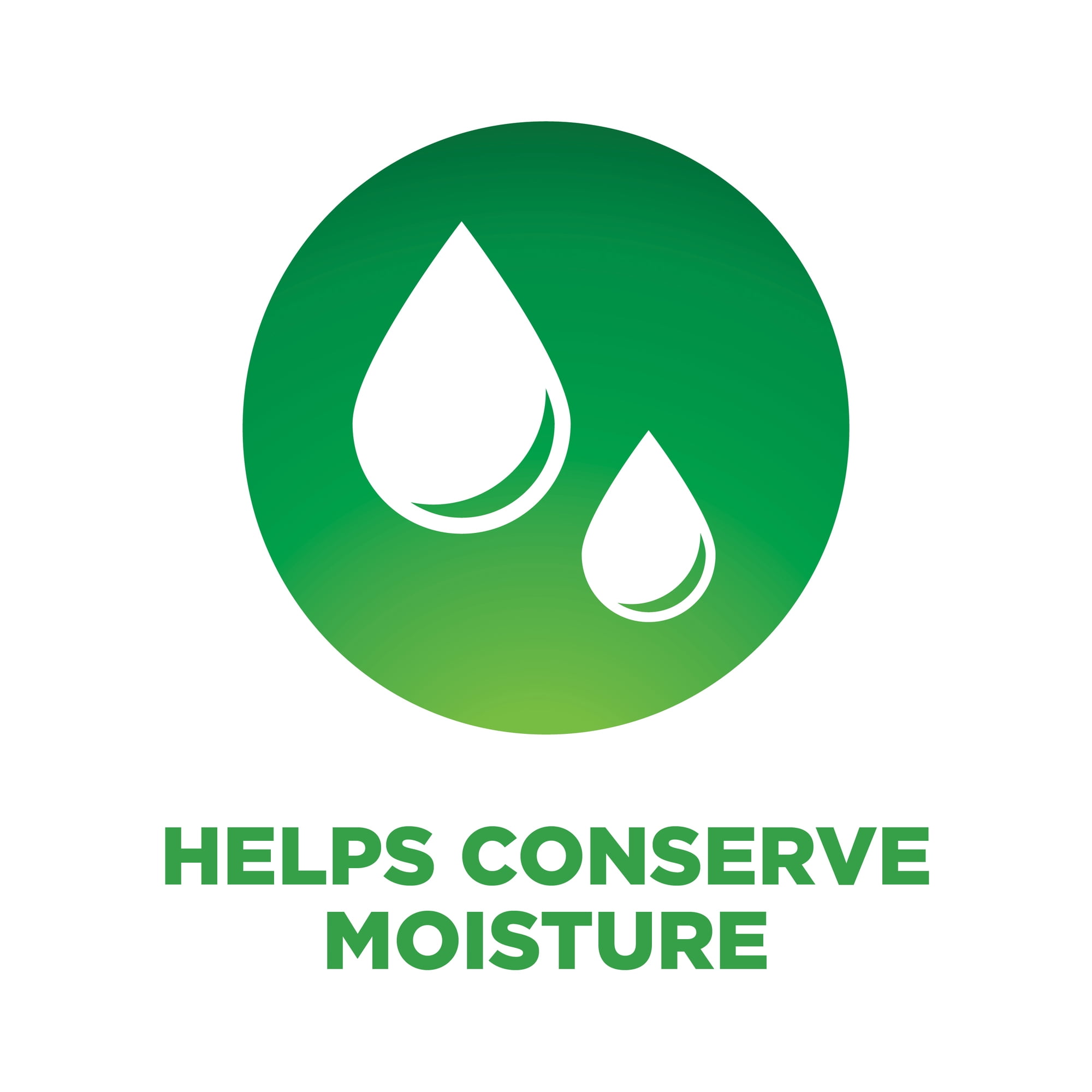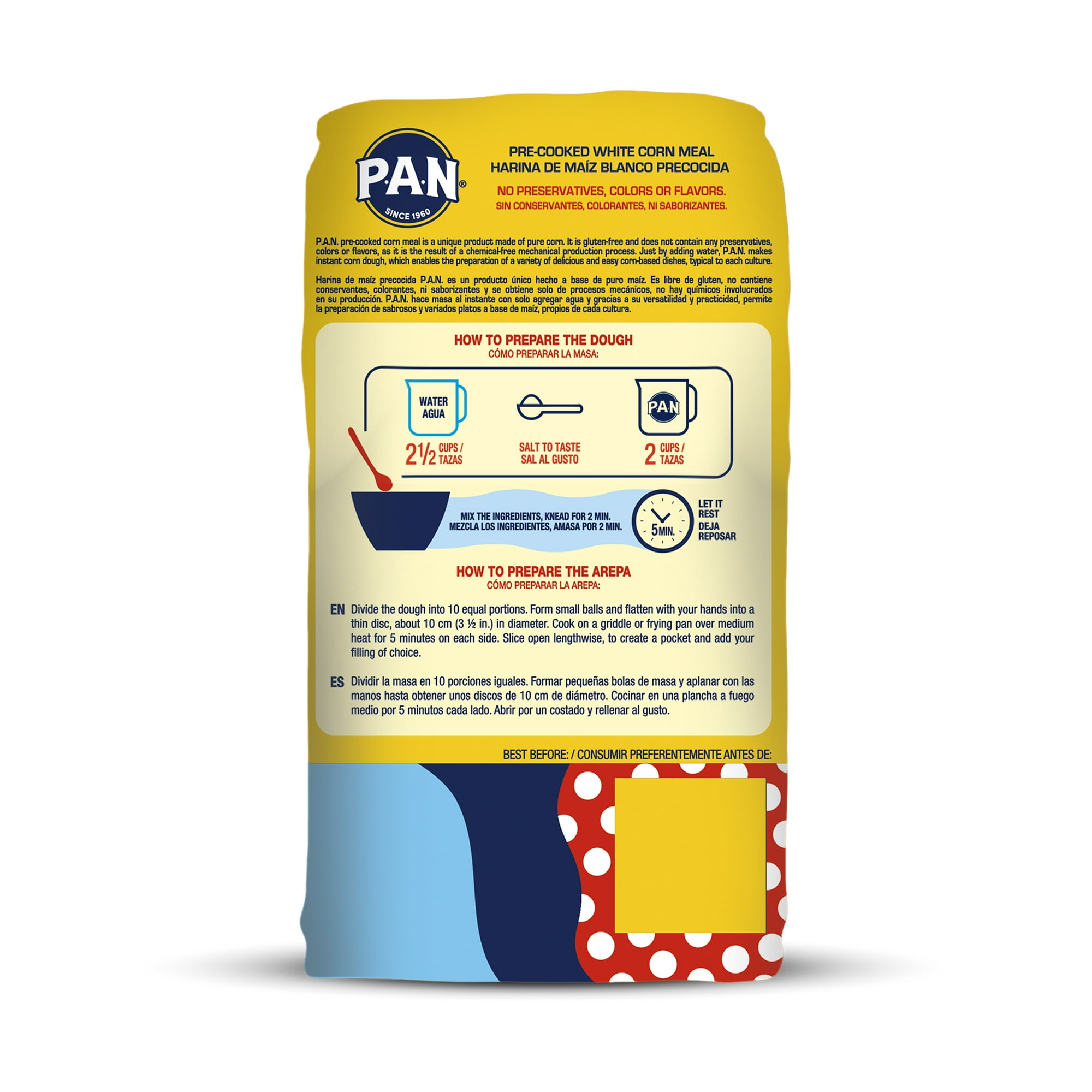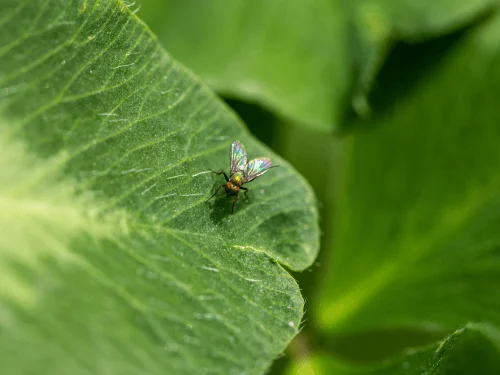DIY Weed Killer: Your Natural Homemade Weed Killer Recipes
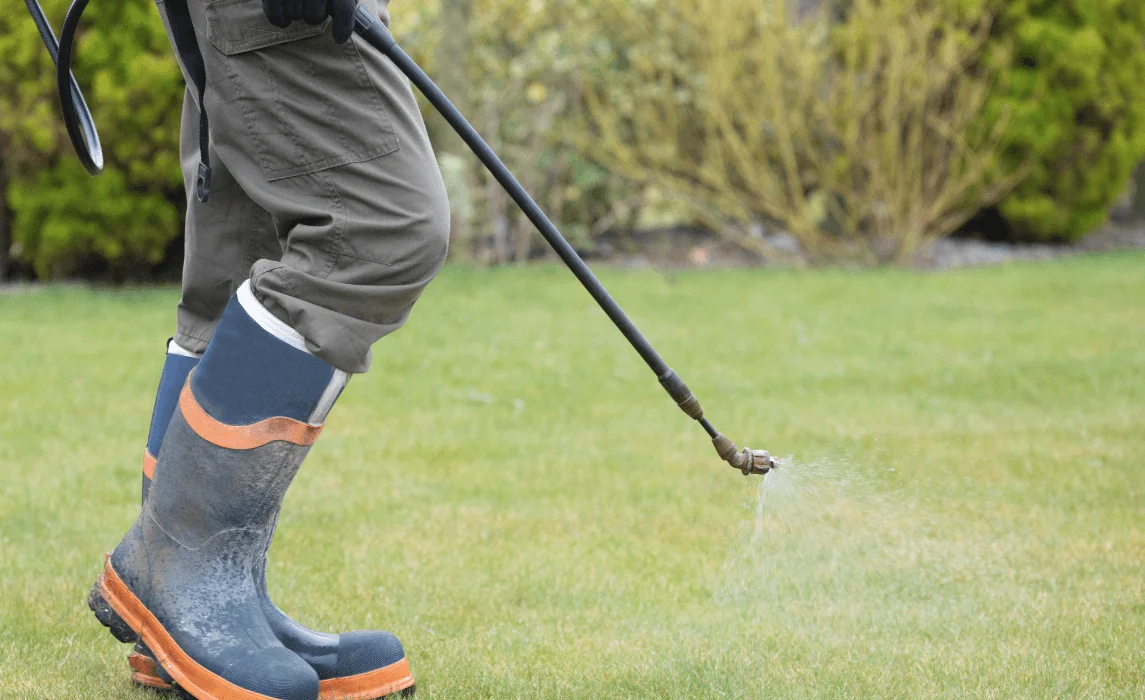
Q1: How can I identify common insects in my garden?
A: Look for signs such as holes in leaves, leaf miner damage, egg clusters, or wilting. Inspect the undersides of leaves, stems, and roots for adults and larvae of moths, sawfly, cabbage looper, tomato hornworm, and European corn borer.
Q2: What natural methods can control pests?
A: Encourage beneficial insects like ladybugs and parasitic wasps, handpick pests, squish caterpillars and slugs, prune infested leaves, and use DIY sprays like neem oil or spinosad. Row covers can also repel moths, sawfly, and cabbage white.
Q3: How can I prevent pests in my garden?
A: Maintain garden hygiene, remove debris, rotate crops, use companion planting, encourage beneficial insects, and inspect leaves and roots for early damage. Row covers and DIY sprays also help prevent infestations.
Q4: How do pests cause plant diseases?
A: Pests spread blight and bacterial wilt through feeding wounds. Early identification, removing infested plants, natural pest control, and healthy soil help minimize disease.
1. Can I grow fruit trees in small gardens or pots?
Yes! Many dwarf fruit trees and container-friendly varieties are perfect for small gardens or patios. Trees in pots can include citrus trees, figs, and dwarf apple trees. Using containers allows you to control soil, water, and temperature more easily, making it possible to grow fruit even in northern climates. These trees are especially useful if you want fast-growing trees that produce fruit within a few years and don’t require a large orchard space.
2. What climate is best for fruit trees?
The climate plays a major role in fruit production. Cold-hardy trees like apples, pears, and plums survive in northern regions, including zone 3, while citrus trees, figs, and peaches thrive in warmer southern areas like Florida or Virginia. Some fruit trees may require protection from frost, while others can tolerate cold winters. Understanding your USDA zone and local conditions ensures your trees will grow healthy and produce fresh fruit consistently.
3. Where can I buy fruit trees online?
Many growers offer fruit trees for sale online, including bare root trees, grafted trees, and container-grown trees. Buying fruit trees online allows you to select from a wide range of fruit tree varieties suitable for your climate, including apples, pears, peaches, plums, citrus trees, and more. When purchasing, check for USDA zone compatibility, tree size, and health guarantees to ensure you receive a quality tree that will thrive in your garden.
1. What is the best way to grow raspberries?
Raspberries grow best when planted in a sunny garden with well-draining soil. You can start by planting bare-root or potted plants in early spring or late fall. Rows of raspberries should be spaced about 2 to 3 feet apart within a row and 8 feet between rows. Using a trellis or support system helps canes grow upright and promotes healthy berry production.
2. How do I plant raspberries?
When planting raspberries, place the crown of the plant 1 or 2 inches above the ground. For bare-root plants, spread the roots in a hole and cover gently with soil. For potted plants, plant at the same depth as they were in the container. Make sure each bush has space to spread so new shoots and suckers can grow without overcrowding. Raspberries are easy to grow, but giving them proper spacing and sunlight ensures your raspberry patch thrives.
3. When do raspberries grow fruit?
Raspberries are perennials, and the first year canes mostly focus on root and cane growth. Summer raspberries (summer-bearing) produce fruit on two-year-old canes, typically in early summer. Fall-bearing raspberries (everbearing) can produce a crop in the fall of the first year, and another in the following summer from the same primocanes. With proper care, a bush can produce fruit in both summer and fall, giving you fresh raspberries for pies, tarts, or eating straight from the garden.
DIY Weed Killer: Natural Homemade Weed Killer Recipes with Vinegar
Keeping your garden healthy and weed-free doesn’t have to mean relying on harsh chemicals. Many commercial weed killers are packed with toxic ingredients that can harm your soil, pets, and even beneficial plants. Luckily, there are safer and more sustainable alternatives you can make right at home. In this guide, we’ll explore DIY weed killer recipes using one of the most effective natural ingredients—vinegar. These homemade solutions are simple, budget-friendly, and eco-conscious, making them perfect for anyone who wants to control stubborn weeds while protecting the environment.
Benefits of DIY Weed Killers
Before we dive into recipes, let’s look at why more people are switching to homemade weed killers instead of relying on commercial herbicides.
1. Safe for People and Pets
One of the biggest concerns with chemical herbicides is the residue they leave behind. Many store-bought products contain harsh chemicals that can linger in soil, grass, or on plants long after application. This makes it risky for families with children and pets who love to play outdoors. Homemade weed killers, on the other hand, are typically made from safe, everyday ingredients such as vinegar, salt, or boiling water. These natural solutions don’t leave behind harmful toxins, allowing you to maintain a weed-free yard without worrying about exposure to dangerous chemicals.
2. Environmentally Friendly
Commercial weed killers don’t just affect weeds—they can disrupt ecosystems. The runoff from chemical sprays can seep into groundwater, affecting drinking water sources and nearby bodies of water. They can also harm pollinators, soil microbes, and beneficial insects that keep your garden balanced. DIY weed killers, by contrast, are made from biodegradable ingredients that naturally break down in the soil without causing long-term harm. By choosing homemade solutions, you’re protecting not only your garden but also the wider environment.
3. Cost-Effective
Herbicides at garden centers can be pricey, especially if you have a large lawn or garden that needs repeated treatments. DIY weed killers are much more affordable since they use pantry staples like vinegar, dish soap, and salt—items you likely already have at home. Even more advanced options, like cornmeal or mulch, are cost-effective compared to branded weed control products. Over time, making your own weed killers can save you a significant amount of money while still being just as effective.
4. Simple and Accessible
You don’t need special equipment, complicated mixing instructions, or advanced gardening skills to use DIY weed killers. Most methods only require basic household tools like a spray bottle, a kettle, or a pair of gardening gloves. Some approaches, like boiling water or hand pulling, can be done immediately without any preparation. This accessibility makes DIY methods ideal for beginners, busy homeowners, or anyone who wants a quick, natural solution to weeds without the hassle of handling toxic products.
DIY Weed Killer Methods and Recipes
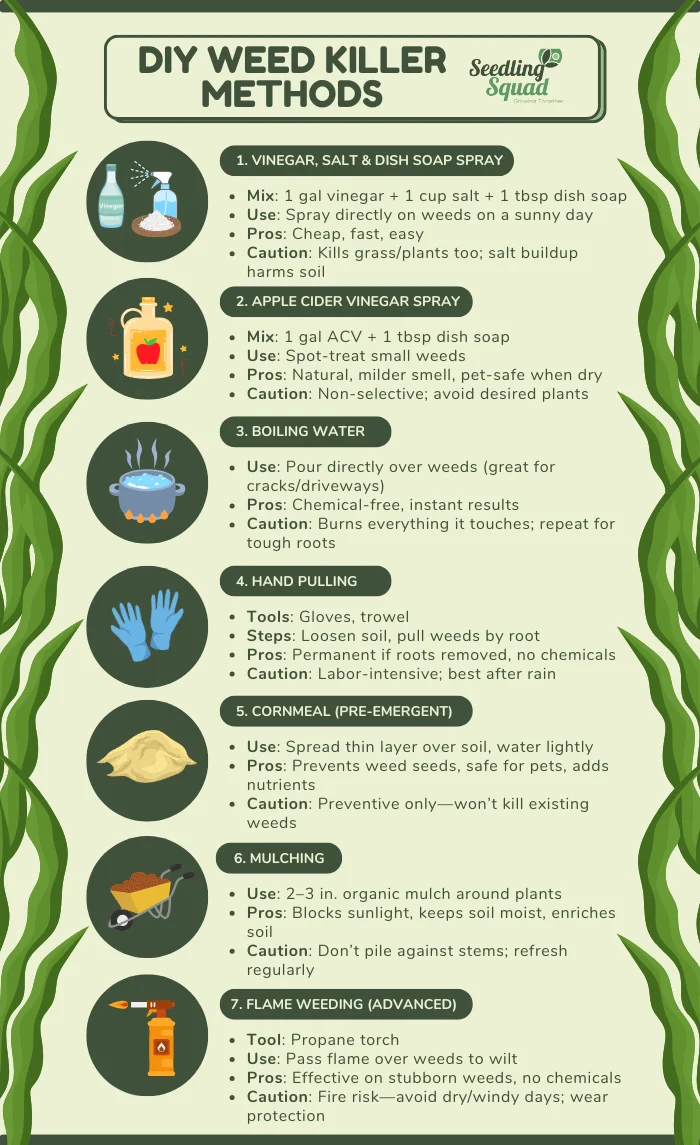
Here are some of the most effective and natural ways to kill weeds, ranked from the classic vinegar spray to simple everyday strategies like mulching and hand pulling.
1. Vinegar, Salt, and Dish Soap Spray
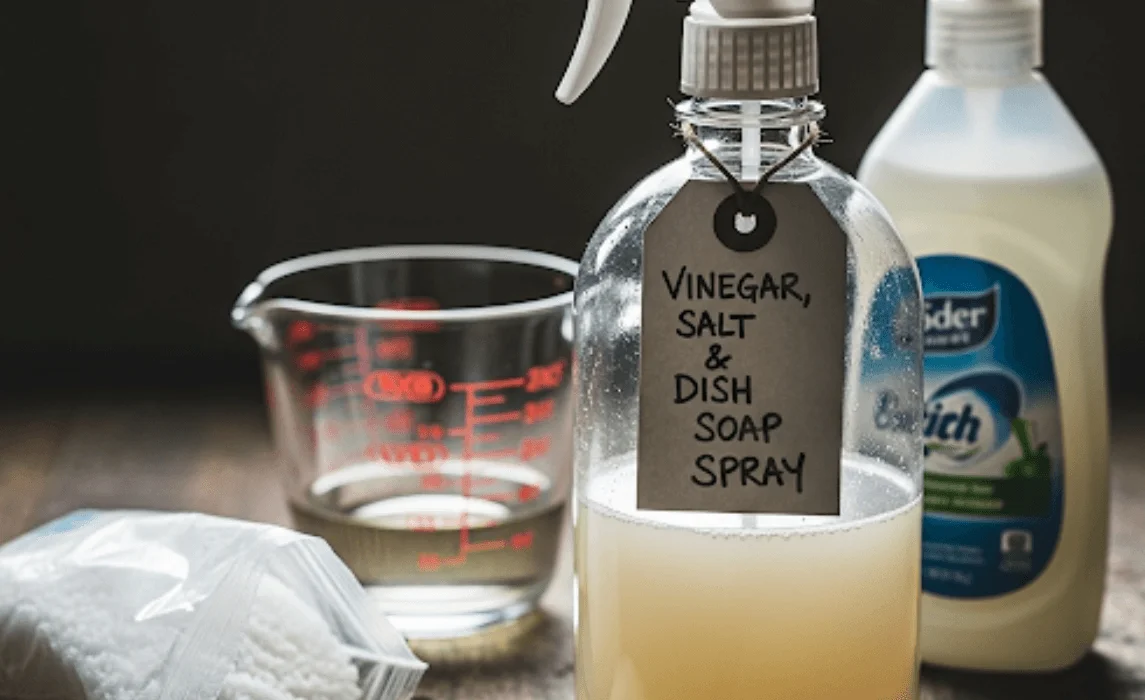
This is the most popular homemade weed killer recipe because it’s effective, quick to prepare, and made from simple kitchen items.
Ingredients/Tools Needed:
- 1 gallon of white vinegar (5% acetic acid or higher)
- 1 cup of salt (table salt or Epsom salt)
- 1 tablespoon of liquid dish soap
- Spray bottle or garden sprayer
Step-by-Step Guide:
- In a large bucket, mix vinegar and salt until the salt dissolves completely.
- Add the dish soap and stir gently—don’t shake too hard or it may foam.
- Pour the mixture into a spray bottle or pump sprayer.
- Spray directly onto weed leaves, making sure they’re fully coated.
- Apply on a sunny day for maximum effect, as sunlight speeds up the drying and killing process.
Advantages:
- Budget-friendly and uses items already at home.
- Works quickly, especially on young weeds.
- Easy to prepare in under 10 minutes.
Notes & Safety:
- Avoid spraying on grass, flowers, or garden plants since vinegar and salt are non-selective and will damage them too.
- Salt buildup in the soil can make it harder for future plants to grow, so use sparingly.
2. Apple Cider Vinegar Weed Killer
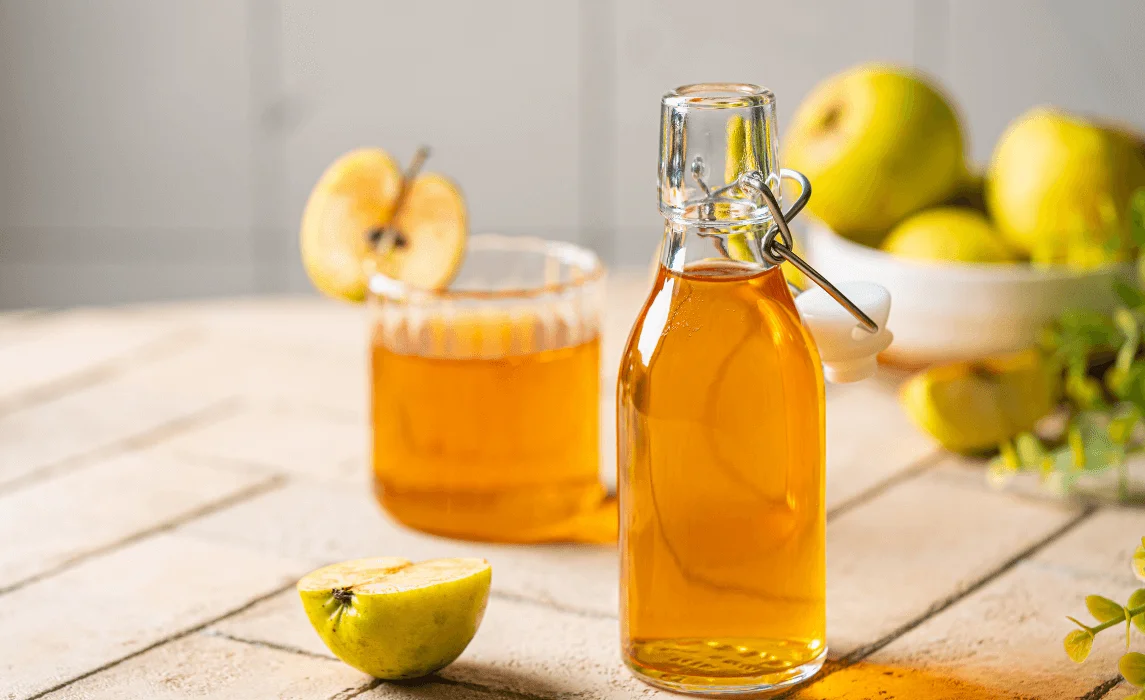
For a gentler option, you can swap white vinegar for apple cider vinegar. It has similar acidity and works well for lighter weed growth.
Ingredients/Tools Needed:
- 1 gallon of apple cider vinegar
- 1 tablespoon dish soap
- Spray bottle
Steps:
- Mix vinegar and dish soap in a spray bottle.
- Shake well before each use.
- Spray directly on weed leaves, preferably during sunny weather.
Advantages:
- Natural, safe, and smells less harsh than white vinegar.
- Effective for smaller weeds or garden beds.
- Pet-safe when dry.
Notes & Safety:
- Like white vinegar, this is a non-selective weed killer—avoid spraying near delicate plants.
- Works best for spot treatments rather than large lawn areas.
3. Boiling Water
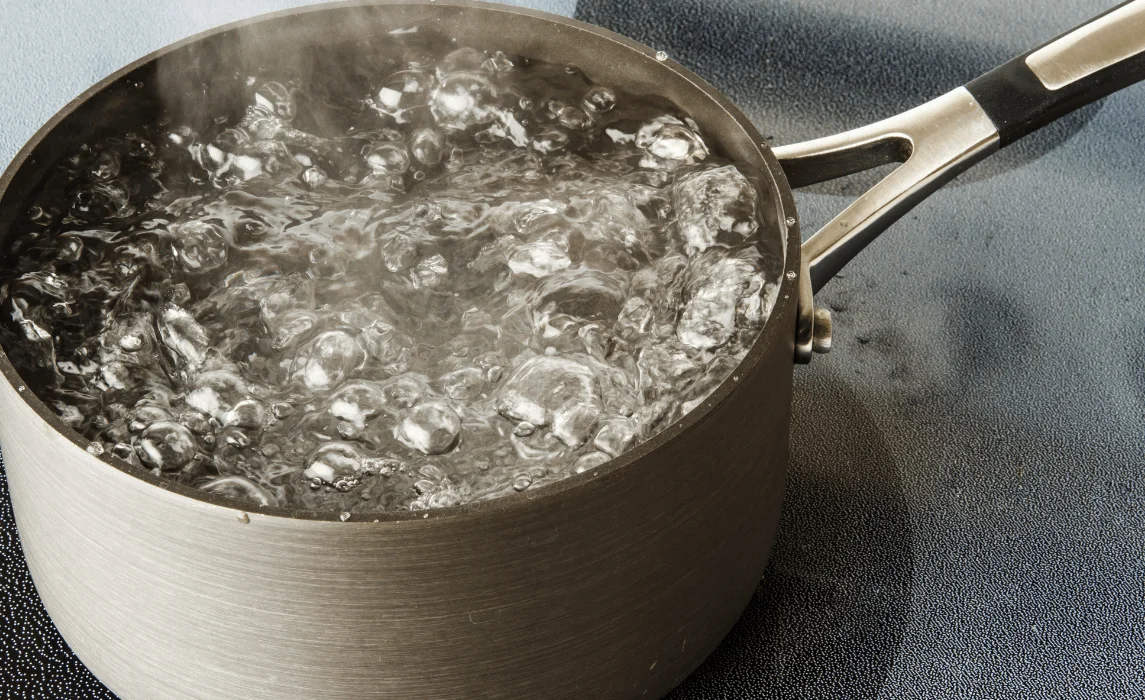
Sometimes the simplest solutions are the best. Boiling water scalds weeds on contact, collapsing their cell structure and killing them quickly.
Tools Needed:
- Kettle or pot of boiling water
Steps:
- Heat water until it reaches a rolling boil.
- Carefully pour the water directly over the weeds.
- Use a kettle with a spout for accuracy, especially in cracks or narrow areas.
- Repeat as needed for tougher weeds.
Advantages:
- Completely chemical-free and safe once the water cools.
- Perfect for weeds growing in cracks of sidewalks, patios, or driveways.
- Works instantly with visible wilting in minutes.
Notes & Safety:
- Avoid splashing near feet or desired plants—boiling water kills everything it touches.
- Less effective for deep-rooted perennials; may require repeat applications.
4. Hand Pulling Weeds
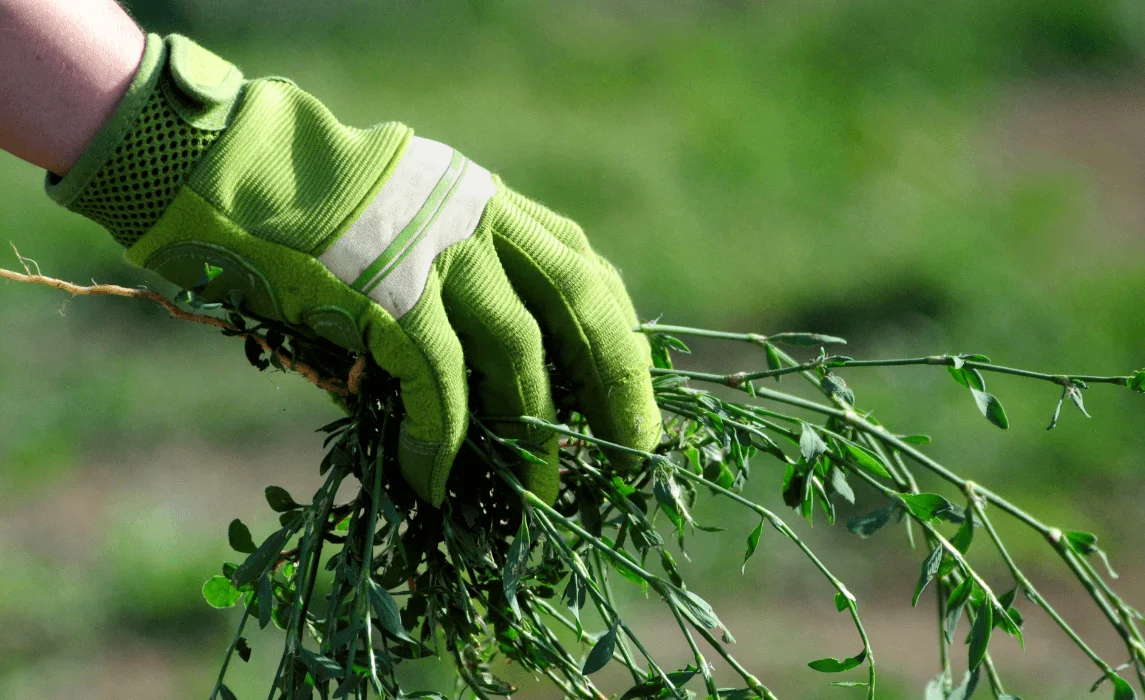
Sometimes, nothing beats the classic method: pulling weeds by hand.
Tools Needed:
- Gardening gloves
- Small hand trowel or weeding tool
Steps:
- Loosen the soil around the weed with a trowel.
- Grip the weed at the base and pull firmly, ensuring you remove the entire root system.
- Dispose of the weeds properly so they don’t re-root or spread seeds.
Advantages:
- 100% natural with no chemicals involved.
- Removes weeds at the root, which prevents regrowth.
- Budget-friendly—only gloves and basic tools needed.
Notes & Safety:
- Best done after rain or watering, when the soil is soft.
- More labor-intensive for large infestations, but great for small gardens.
5. Cornmeal as a Pre-Emergent
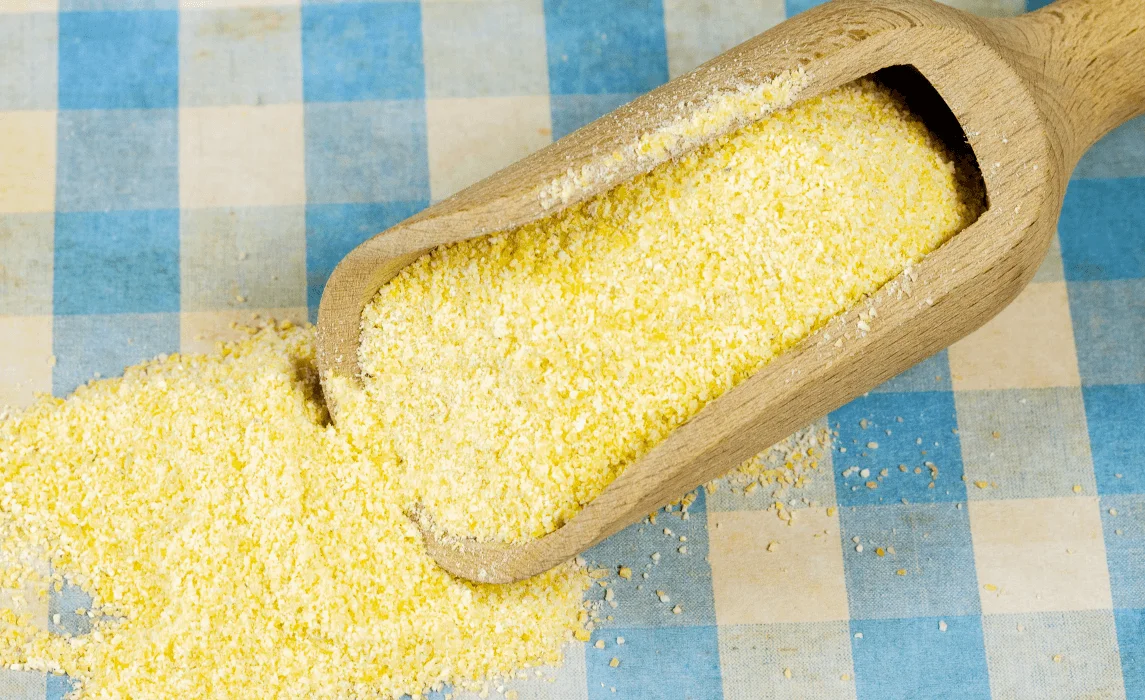
Corn gluten meal is an effective natural weed killer that prevents weed seeds from germinating, stopping weeds before they even sprout.
Ingredients/Tools Needed:
- Corn gluten meal (available at garden centers or online)
Steps:
- Spread a thin layer of cornmeal evenly across your garden bed or lawn.
- Water lightly to help it settle into the soil.
- Reapply seasonally for ongoing weed prevention.
Advantages:
- Safe for children and pets.
- Acts as both a weed suppressant and a soil fertilizer.
- Effective for controlling future weed growth.
Notes & Safety:
- Works as a preventive, not a cure—won’t kill existing weeds.
- Best applied in early spring or fall before weed seeds germinate.
6. Mulching for Weed Control
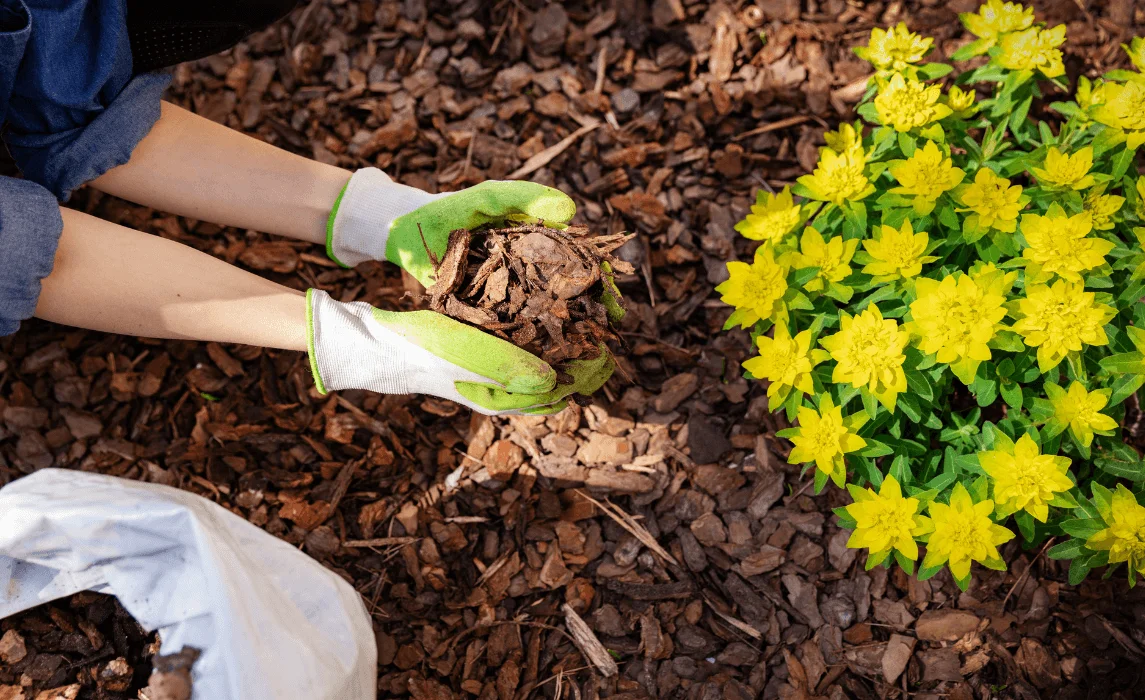
Applying natural mulch is one of the best long-term strategies to keep weeds under control.
Ingredients/Tools Needed:
- Organic mulch (wood chips, straw, shredded leaves, or bark)
Steps:
- Clear away existing weeds from the area.
- Spread a 2–3 inch layer of mulch evenly around plants.
- Replenish mulch as needed throughout the season.
Advantages:
- Prevents weeds by blocking sunlight.
- Retains soil moisture, reducing how often you need to water.
- Improves soil health as mulch decomposes.
Notes & Safety:
- Avoid piling mulch directly against plant stems to prevent rot.
- Needs refreshing every few months for best results.
7. Flame Weeding (Advanced Option)
.webp)
For hard-to-kill weeds, flame weeding can be effective, though it requires caution and proper equipment.
Tools Needed:
- Propane torch (specifically designed for gardening use)
Steps:
- Ignite the torch and adjust the flame.
- Pass the flame quickly over weed leaves until they wilt.
- The goal is to scorch the plant surface—not completely burn it.
- Repeat for stubborn weeds as needed.
Advantages:
- Very effective on established or stubborn weeds.
- Works well in areas where spraying isn’t practical (gravel, fence lines, driveways).
- Chemical-free and immediate.
Notes & Safety:
- Never use during dry or windy conditions to avoid fire risk.
- Not suitable for use around flammable materials or near desirable plants.
- Protective gear (gloves, goggles) is recommended.
Frequently Asked Questions:
1. Will vinegar kill all weeds?
Vinegar is effective at killing most young, tender, and shallow-rooted weeds such as chickweed or small annual weeds. The acetic acid in vinegar dries out the plant’s leaves and stems, causing them to wither. However, it’s less effective against deep-rooted or perennial weeds like dandelions, crabgrass, or thistles. These tougher weeds may require repeated applications, higher-strength vinegar, or a combination of vinegar spray with manual removal to fully eliminate them.
2. Can DIY weed killers harm grass and plants?
Yes. DIY weed killers such as vinegar, salt, and boiling water are non-selective, meaning they don’t distinguish between weeds, grass, or flowers. If they come in direct contact with your lawn, vegetable plants, or ornamental flowers, they can cause scorching, yellowing, or even death. To avoid harming desirable plants, apply these solutions carefully and directly on weeds, ideally with a spray bottle or by shielding nearby plants with cardboard or plastic during application.
3. Is homemade weed killer safe for pets?
Generally, yes—when used properly. Unlike chemical herbicides, homemade options like vinegar, salt, or boiling water don’t leave behind long-lasting toxic residues. Pets and children can safely return to treated areas once the vinegar has fully dried or the boiling water has cooled. However, concentrated vinegar (horticultural vinegar with higher acidity) can cause skin or paw irritation if touched while wet, so always let the treated area settle before allowing pets back.
4. How long does it take for natural weed killers to work?
Natural weed killers typically show visible effects within 24 hours. Weeds may start to wilt, turn brown, or dry up soon after application, especially in hot, sunny, and dry conditions, which speed up the process. For tougher weeds or cloudy weather, results may take longer, and you may need to reapply for complete control. Keep in mind that these methods work best on small or actively growing weeds, not large established ones.
5. Are these solutions permanent?
No, most DIY weed killers are not a permanent fix. While they kill the parts of the weed above the soil, many weeds—especially perennials—can regrow from seeds or deep root systems. To maintain a weed-free garden, combine these natural treatments with preventive strategies such as mulching, pulling weeds before they seed, applying corn gluten meal to block germination, or maintaining dense, healthy plant cover to crowd out weeds naturally.



